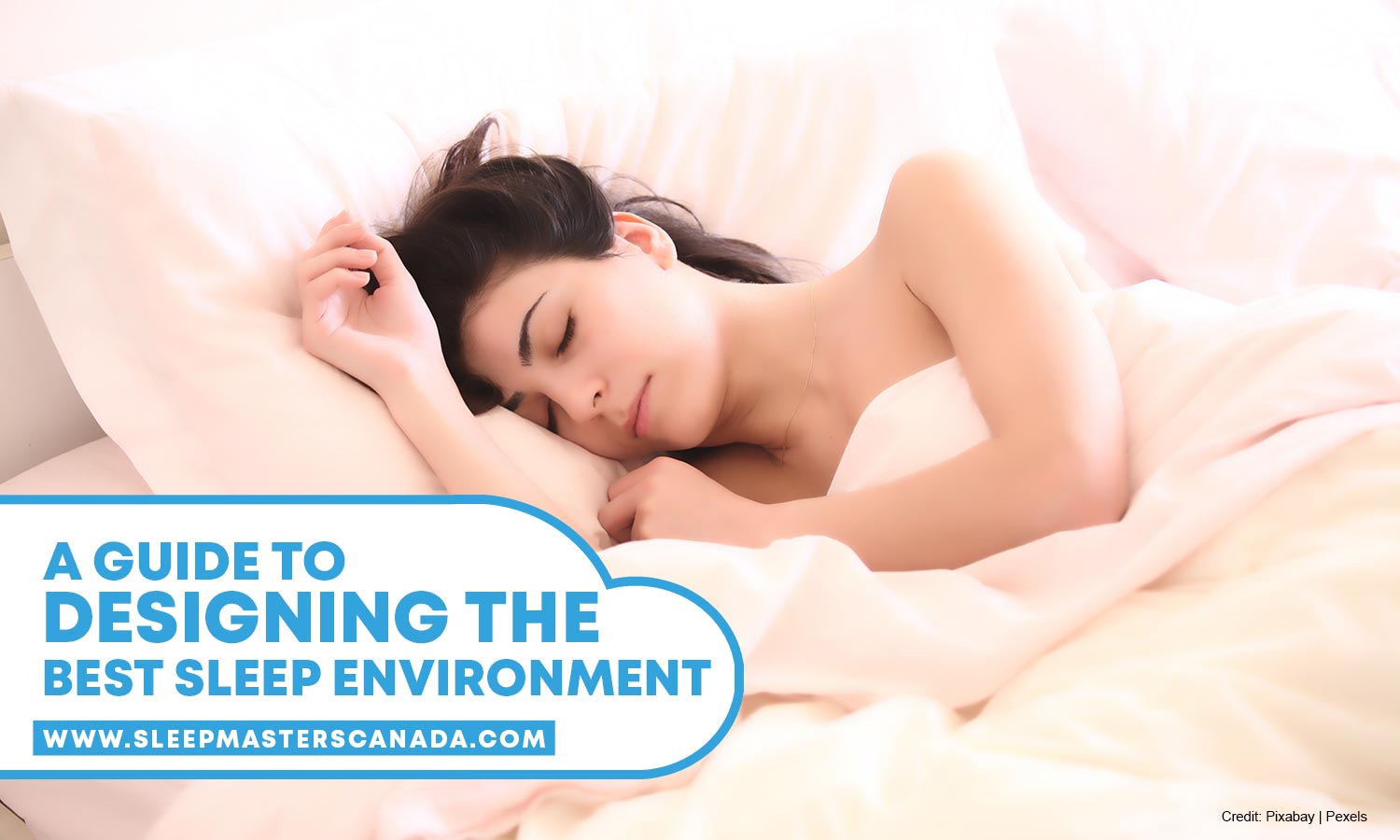
A Guide to Designing the Best Sleep Environment
Sleep is an important part of life. Quality sleep has significant benefits to health and mood. However, given the fast-paced environment, optimal sleep is not always achieved. Falling asleep is one thing, but staying asleep is another. With almost a third of your time mostly spent inside the bedroom, it is important that you keep it as relaxing and comfortable as possible.
Unfortunately, this is one element that many people tend to overlook. Your bedroom setting and environment play a great role in realizing the benefits of good sleep habits. A well-furnished bedroom can improve your feeling when you wake.
If you love sleeping and finding ways to relax better, maybe it is time to look into how your bedroom impacts your sleep. This is a guide to create the best sleep environment for you.
Elements of a Relaxing Bedroom
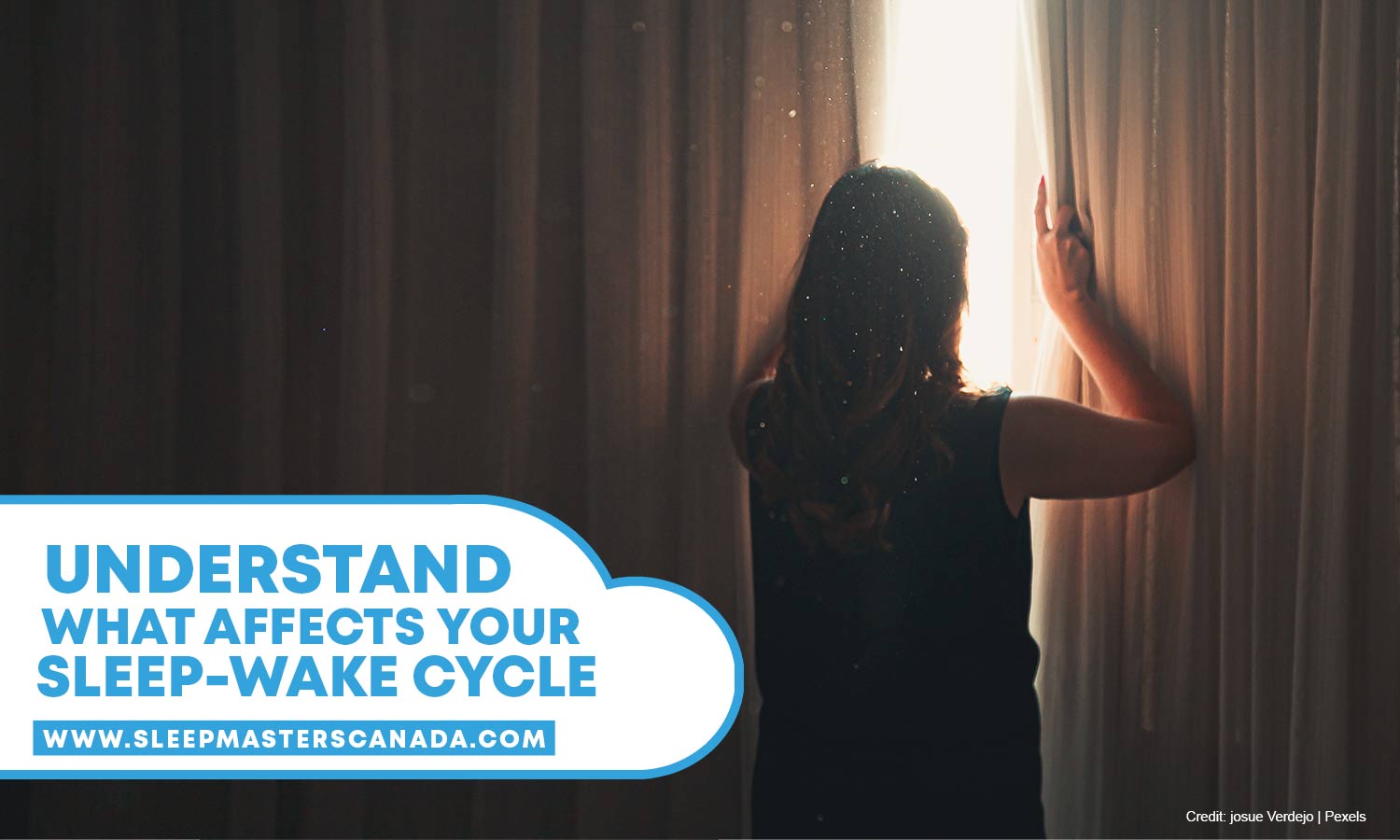
Before you start redesigning your room, know first what makes a bedroom relaxing. Sleep is a delicate matter, and understanding the factors needed for a good night’s rest can enhance sleep quality and duration.
-
Temperature
Temperature can determine your “sleepiness”. This is because early on the sleep cycle, a lower core temperature makes you sleepy, while a higher temperature keeps you alert. Any healthy adult experiences a drop in body temperature while sleeping, though this isn’t always the case. It’s normal for others to feel hot while asleep and for others to feel cool.
Many experts agree that the ideal bedroom temperature is 65°F or (18.3°C). A cooler temperature setting helps keep a lower core temperature when you sleep. 65°F may not work for everyone, however. Instead, it is recommended to keep the temperature within 60 to 71.6°F (15.6 to 22°C).
-
Noise
A quiet room makes better sleep than a noisy one. Noise disturbances can disrupt sleep, which affects your physical and mental health. If possible, strive to keep the room noise at low levels. The whir of a fan or soothing ambient music can mask other sounds and help you fall asleep.
-
Light
The sleep-wake cycle, or circadian rhythm, is influenced by natural light and lack thereof. Sunlight signals your brain to produce cortisol, a hormone that keeps you alert and energized. At night, darkness triggers the brain to produce melatonin to induce relaxation and sleepiness.
Exposure to light, especially blue light, when you need to sleep disrupts your circadian rhythm. Smartphones, televisions, and other screen devices produce artificial blue light that can lead to more late-night awakenings. Dimmer lights can help you fall asleep faster and easier.
-
Mattress and Bedding
Some studies suggest that a new mattress can promote better sleep and reduce back pain from older ones. Your choice of mattress and bedding depends greatly on your preference. You can opt for body-hugging memory foam, a delicate latex, or a sturdy coil mattress. Whatever you choose, you need to consider individual factors like weight and normal sleep position.
Tips to Create the Best Sleep Environment
Designing your bedroom for better sleep and relaxation must keep these important elements in mind. While the design itself is a relative concept, your goal should ultimately create a room that looks and feels comfortable for you and with a sense of calmness that promotes sleep.
Here are a few bedroom tips for better sleep:
-
Clean Out the Clutter
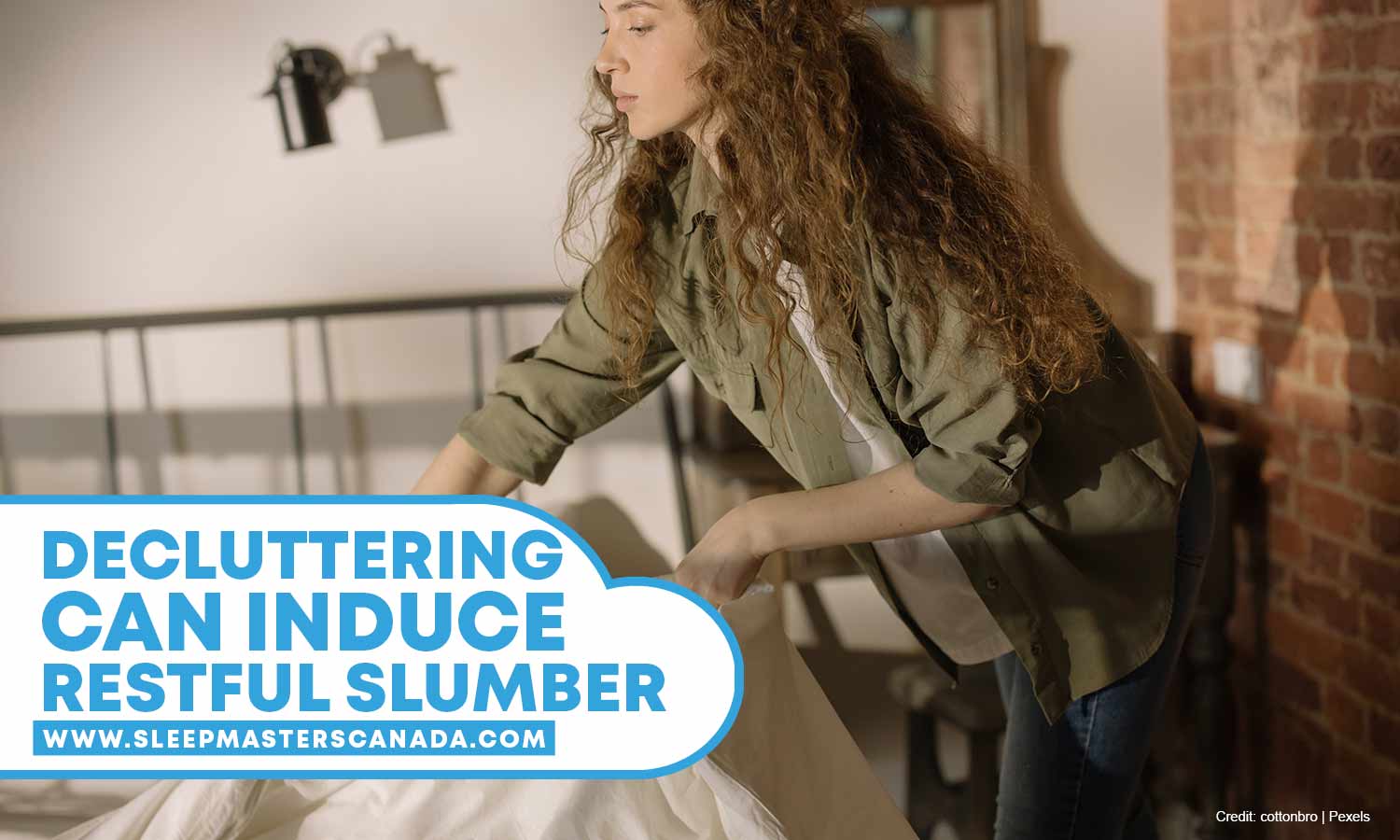
A bedroom serves two purposes only — sleep and romance. To maximize your room’s efficiency for sleep, everything else that does not serve any purpose other than keeping you awake should be removed.
Get rid of items that can potentially disrupt sleep. Your room is not your gym, office, or playroom. Put your TV, treadmill, computer, and work desk in another part of the house. Leave only items that are associated with rest. A bedroom you use for other activities will keep you from relaxing. Working in bed can cause anxiety and keep you from resting when you need to. Work must stop at the door.
Keep your room clean. Nothing invites more pests and insects into a room than a pile of miscellaneous items. Dust your room regularly, organize your belongings, and keep clothes neatly tucked inside cabinets.
-
Use the Space Properly
No matter how large your room is, if there are too many items or it’s disorganized, it can start to feel claustrophobic. Maximize your space.
Start by choosing a mattress that suits the dimensions of the room. A wide mattress between a narrow space will leave no room to move around. Choose a higher bed frame that provides enough space for under-bed storage.
Keep your routine in mind. Drawers and cabinets should be placed to allow easier movement in the morning. Clear a path from your bed to your bathroom to eliminate any tripping hazards, especially in the dark. A well-thought-out arrangement removes any source of frustration or stress while promoting warmth and relaxation.
-
Control Light Exposure
Light affects your circadian rhythm. When it’s time to sleep, you would want to keep the room as dark as possible. Blackout curtains can block exterior lights. If you use a bedside lamp, get one that isn’t too bright and has a warm colour temperature. Consider installing dimmer switches so you can control the brightness.
If you bring your phone in your room, flip it over, place the screen-side down when it’s time to sleep. Phones light up when there’s a new text, call, or notification, which may disrupt your sleep. If you have a digital alarm clock, adjust its position or location, so the display screen won’t sit right in front of your face.
-
Ditch the Electronics

Televisions, computers, and cellphones are best kept away from the bedroom. These devices emit blue light, tricking your brain into thinking it’s still morning and inhibiting melatonin production. The longer it takes for the melatonin to kick in, the longer you stay awake.
If you must use electronics in the bedroom, reduce the light. Some devices also have a night mode which uses warmer colours for your screen, minimizing blue light.
-
Keep It Quiet
Noise is a common cause of sleep disruption. However, it’s not the sound itself that’s disruptive but the inconsistency of sound or silence.
If the source of noise is beyond your control, you can use sound machines to provide soothing white noise, which drowns out the sounds that wake you up. White noise is available in many forms, like some phone applications, fans, humidifiers, and ventilation systems.
If you use music to fall asleep, set a timer to turn it off automatically after some time to eliminate any chance of sound disturbing your sleep.
-
Keep It Cool
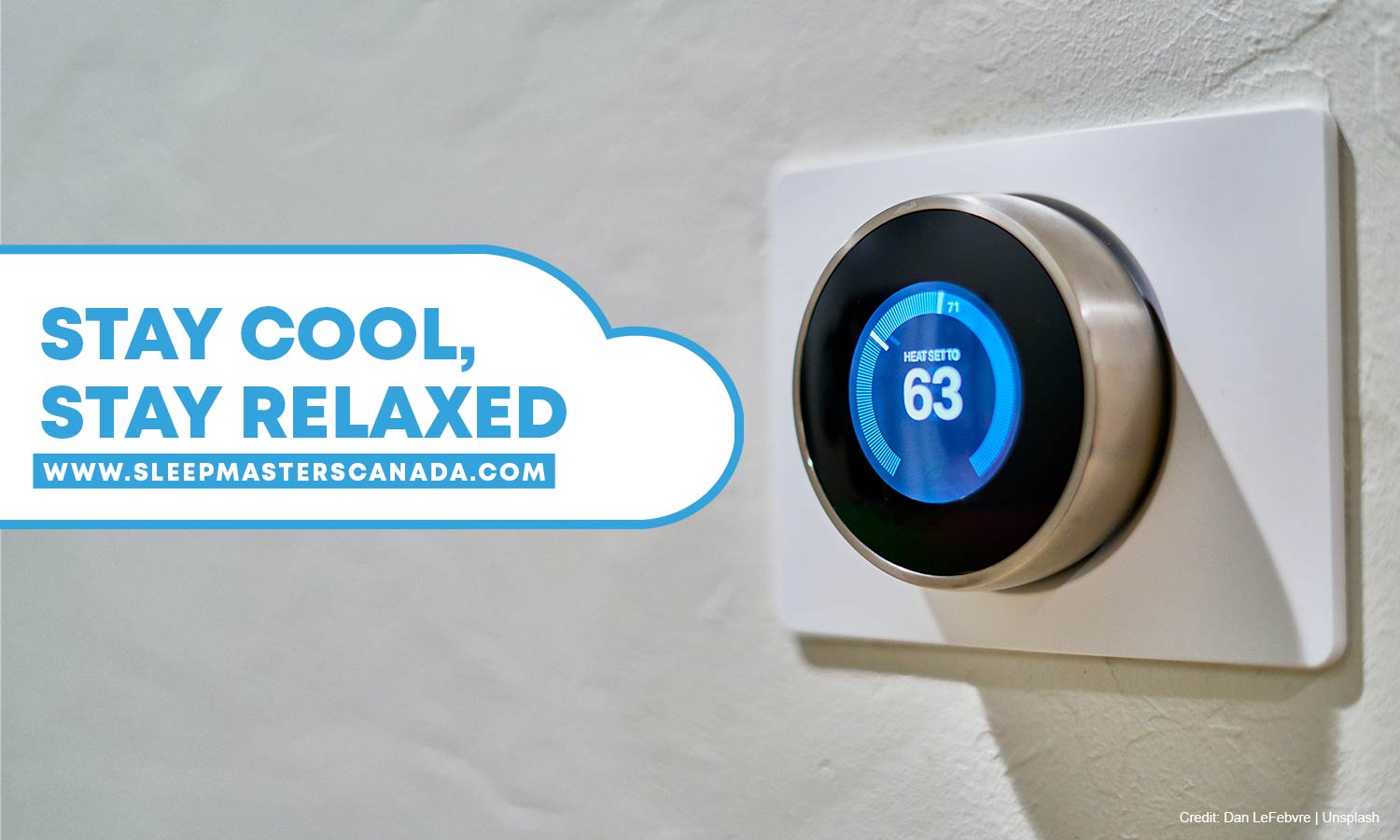
The heat can disrupt sleep. Keeping your room temperature cool can help your body relax. Alternatively, sleeping naked can make your sleep more comfortable and sound.
If you don’t have a thermostat to set room temperature, use a fan, or open a window.
-
Use Aromatherapy
Certain scents have been found to promote sleep. The smell of lavender oil, for example, is found to lower blood pressure, heart rate, and skin temperature, all essential to good sleep. Spraying a scent or lighting a scented candle can tell your brain that it’s time for bed.
Alternatively, make sure your laundry sheets and beddings smell good. Use a laundry detergent that does not irritate your nose or cause inordinate sneezing.
-
Paint Your Room
Bedroom colour can affect sleep patterns. The colours associated with calmness, like blue, yellow, and green, can promote better and longer sleep. Avoid the colours purple, brown, and grey.
-
Make Your Bed Comfortable
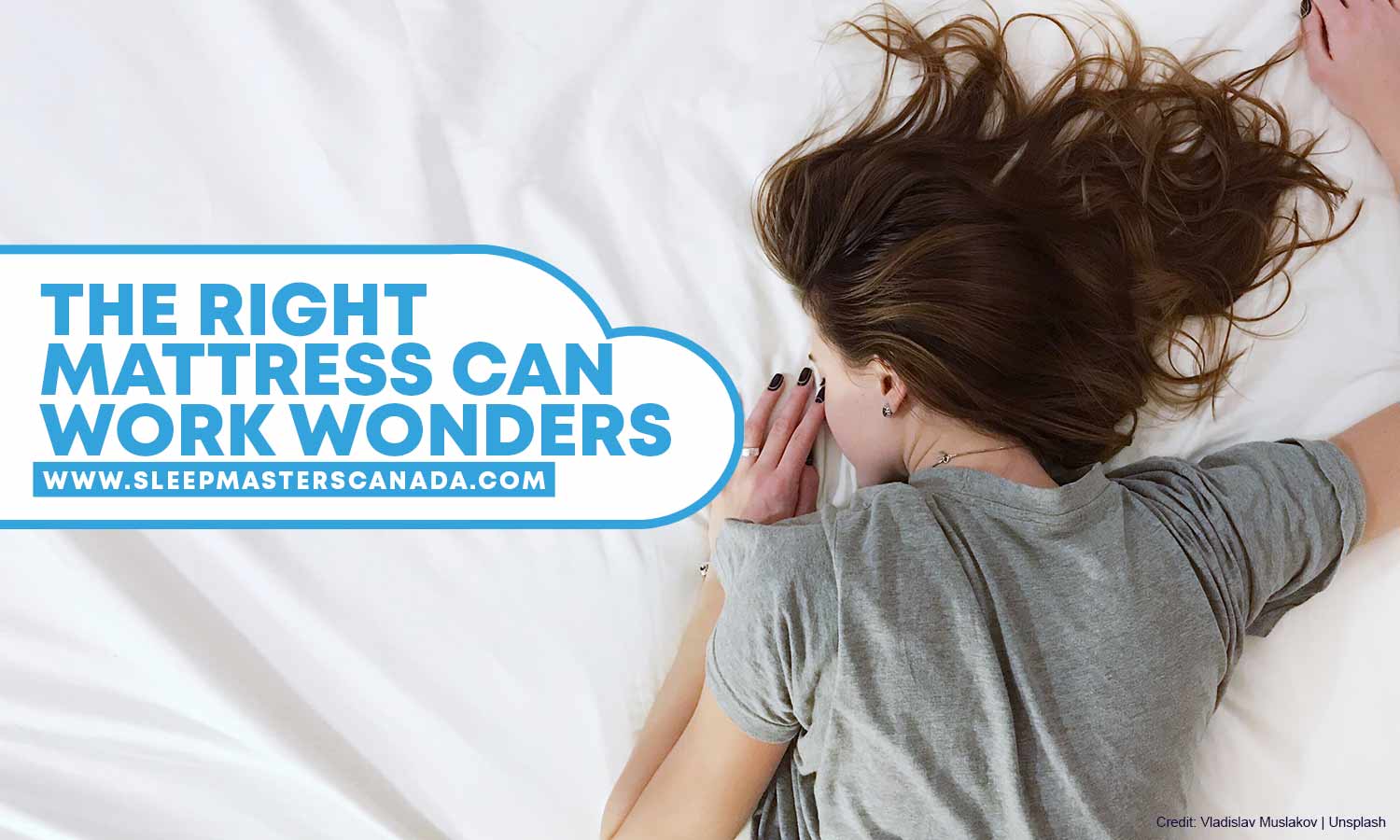
Sleep quality also depends on the mattress quality. A clean, nice-smelling room with a relaxing ambience is of little use if you are lying on a stiff or saggy mattress. Your bed must provide support for your body weight and sleeping position so you can avoid stress and back pain.
In addition, pillows should help keep your head and spine aligned, while your beddings should help with managing your body temperature.
Sleep is a precious time for you to relax and regain your energy for the next day, and a good bedroom environment can help you achieve that.
To start, get quality mattresses from Sleep Masters Canada. We are at your disposal whether you’re looking for customized mattresses or the made-to-order variety. Contact us at (416) 781 7441 and enhance your sleeping experience.

 Serta
Serta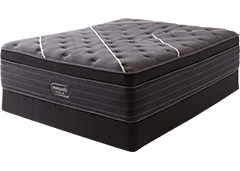 Simmons BeautyRest®
Simmons BeautyRest® Pocket Coil
Pocket Coil Memory Foam
Memory Foam Pillow-Top
Pillow-Top Dreamstar Mattresses
Dreamstar Mattresses Mattresses under $500
Mattresses under $500